1. Abortion, as opposed to contraception, is widely used as means of family planning in some countries in Eastern Europe and Central Asia.
Often, other modern family planning methods such as contraception are not accessible or affordable, or are inaccessible due to the stigma attached to them. This leads many women to rely on abortion rather than preventative contraceptive methods, and an estimated 28% of pregnancies in the region of Central Asia end in abortion.[1] This is hugely influenced by low use of modern contraceptives across the region, where only 54% of women (aged 15-49) use modern contraceptive methods in Eastern Europe and Central Asia – a much lower rate than that of say, Latin America (62%).[2]
2. Although many of the countries in the EECA Region have liberal abortion laws, access to safe abortion is not ensured for all.
This is especially true in poor or rural areas, where safe abortion is not always accessible. The fact is that liberal laws are not enough to prevent women resorting to unsafe abortion. States must invest in trainings and guidelines on safe abortion practices for service providers, they must ensure that safe abortion is a reality on the ground, not just within the law.[3]

3. Unsafe abortion can lead to maternal death and morbidity, where nearly 30% of maternal deaths come as a result of unsafe abortion in some countries of Eastern Europe and Central Asia.[4]
Maternal morbidity is defined by the Maternal Morbidity Working Group in the WHO’s Department of Reproductive Health and Research as:
“any health condition attributed to and/or aggravated by pregnancy and childbirth that has a negative impact on the woman’s wellbeing”.[5]
This can include haemorrhage, sepsis, peritonitis, and trauma to the cervix, vagina, uterus, and abdominal organs.
Maternal mortality is another consequence of unsafe abortion, however, it can be difficult to obtain specific figures on national rates of maternal mortality resulting from unsafe abortion. This is due to widespread under- reporting of these cases, especially in countries where abortion is considered a crime.
4. Due to the low fertility rates in some EECA countries, several governments have attempted to pursue pro-natalist policies which encourage citizens to have large families. However, these policies often have devastating consequences for the health and lives of women.
Low fertility rates can be caused by many factors, such as migration and war. Many governments have pursued pro-natalist policies in an attempt to counteract low fertility. However, policies which ban access to contraceptives or abortion with the aim of increasing fertility rates, have been shown to be unsuccessful. Take for example the pro-natalist policies of the Ceausescu administration in Romania. The government’s ban on abortion and contraceptives in 1966 led to a maternal mortality rate of 148 deaths per 100 000 births by 1989, where 87% of deaths were due to unsafe abortion. In comparison, France has a 75% modern contraceptive prevalence rate, and yet its population continues to grow.[6]

5. Within the EECA Region, nine countries have an age limit on accessing SRHR services without parental consent, and in seven countries (Belarus, Kazakhstan Macedonia, Moldova, Tajikistan, Turkey and Uzbekistan), the age limit is 18 years of age. This increases the risk of unsafe abortion for young people.[7]
Numerous studies have shown that adolescent pregnancy tends to be lower in countries where parental consent for abortion is not required and access to youth SRHR services and affordable contraceptives is increased.
6. Increasing access to safe abortion makes sense economically.
When states ensure the provision of safe abortion, they actually save money, as they do not have to spend as much on the aftercare needed by someone who has undergone an unsafe abortion. Furthermore, a recent study carried out in Kazakhstan signalled that a reduction by 80% of all abortions through the provision of family planning services, could save enough money to finance all immunization programs in Kazakhstan.[8]

7. Abortion rates fall as contraception rates rise.
Examples of this can be seen in countries such as Bulgaria, Kazakhstan, Kyrgyzstan, Switzerland, Tunisia, Turkey, and Uzbekistan.[9]
8. Abortion rights are under attack in many countries in Eastern Europe and Central Asia due to growing trends of re-traditionalisation.
Reproductive rights are threatened by conservative governments in countries such as Poland and Hungary, where political leaders are calling for the return to pre-Soviet ‘family values’ when women’s place was in the home and their primary duty was to become mothers.
*
Entry points for Advocates Fighting for Abortion Rights.
The 1994 ICPD Conference revolutionised how we think about family planning. Since then, many resolutions on issues related to family planning have been passed, and these documents can help us to frame our advocacy for abortion rights by using the language and structure of high level human rights documents.
Take a look:
http://www.unfpa.org/sites/default/files/pub-pdf/programme_of_action_Web%20ENGLISH.pdf
http://www.un.org/womenwatch/daw/beijing/pdf/BDPfA%20E.pdf
http://www.unfpa.org/sites/default/files/pub-pdf/ICPD_beyond2014_EN.pdf
Having honed our language and framing skills, it is now time to look for possible entry-points for our advocacy on abortion rights at local, regional and international levels.
Here are a few examples:
The Sustainable Development Goals (Goal 3 – Health and Wellbeing and Goal 5 – Gender Equality) are important entry-points for advocacy on sexual and reproductive rights (SRHR). Do some research on your country’s national policies and accountability mechanisms to see what steps are being taken to achieve the goals of the Agenda 2030.
If your country has ratified or acceded to the Convention on the Elimination of All Forms of Discrimination Against Women (CEDAW), it is legally bound to put the Convention’s provisions into practice, and to submit national reports on its progress in doing so. The CEDAW Treaty Body Review monitors implementation of CEDAW in UN Member States and provides opportunity for input from NGOs on states’ implementation.
Do some research on your country’s most recent CEDAW Treaty Body Review and see how you might engage with this review process to raise the issue of abortion rights in the future.
The UN Universal Periodic Review (UPR) takes a look at the human rights situation in UN Member States and provides recommendations on how each state should improve its human rights record. Stakeholders, or NGOs, from the State under Review (SuR) can submit reports to be considered under the UPR, and this provides advocates with the opportunity to raise certain human rights concerns to be considered at UN level.
For national level advocacy – a good tip is to do some research on upcoming government consultations with civil society that might be related to the issue you’re advocating for (say, health or women’s rights if you are advocating for abortion rights). You should also see if there are any National Strategies on your advocacy issue and if there are, you can try to email or arrange to meet your local politician in order to keep them accountable to this strategy. Meeting or contacting politicians from your country can be an important step in national advocacy, however, it is not always possible for citizens in some countries in the EECA Region.
Get Involved!
There are numerous organisations working on abortion rights across the world. Take a look below to see how you might get involved with them or get inspired by their work:
https://www.endabortionstigma.org/
http://www.safeabortionwomensright.org/
Or, you might see if you can get involved or take inspiration from some of these campaigns:
https://www.shedecides.com/the-movement
https://www.amnesty.org/en/get-involved/my-body-my-rights/
[1]Abortion in Asia/Guttmacher Institute
[2]The Right To Decide: Family Planning In Eastern Europe And Central Asia/UNFPA
[3]Abortion in Asia/Guttmacher Institute
[4]Adolescent pregnancy in Eastern Europe and Central Asia
[5]Measuring maternal health: focus on maternal morbidity/World Health Organization
[6]The Right To Decide: Family Planning In Eastern Europe And Central Asia/UNFPA
[7]The Right To Decide: Family Planning In Eastern Europe And Central Asia/UNFPA
[8]Adolescent pregnancy in Eastern Europe and Central Asia/UNFPA
[9]Unsafe abortion: the preventable pandemic/World Health Organization

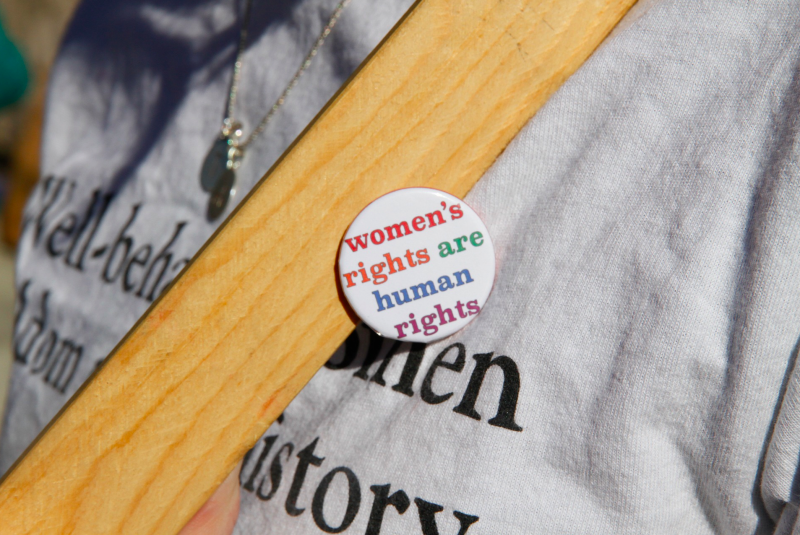
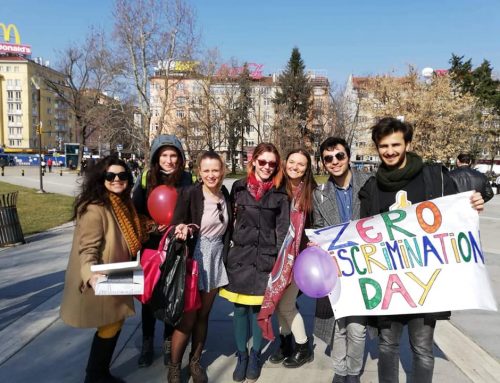





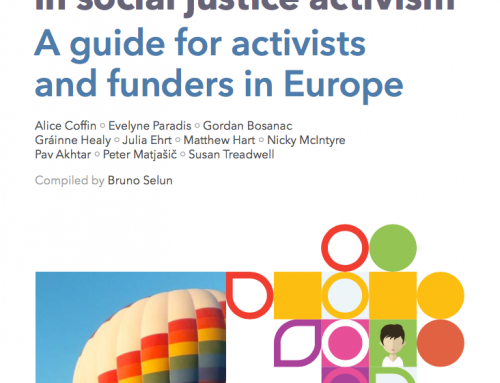














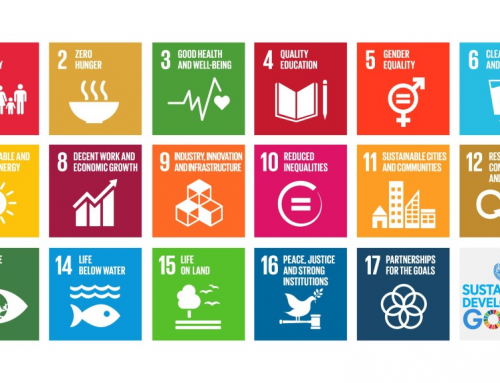
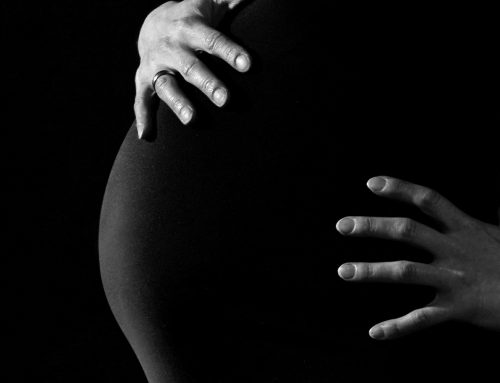
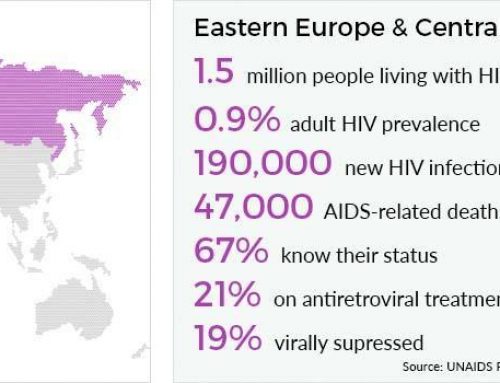


Leave A Comment
You must be logged in to post a comment.